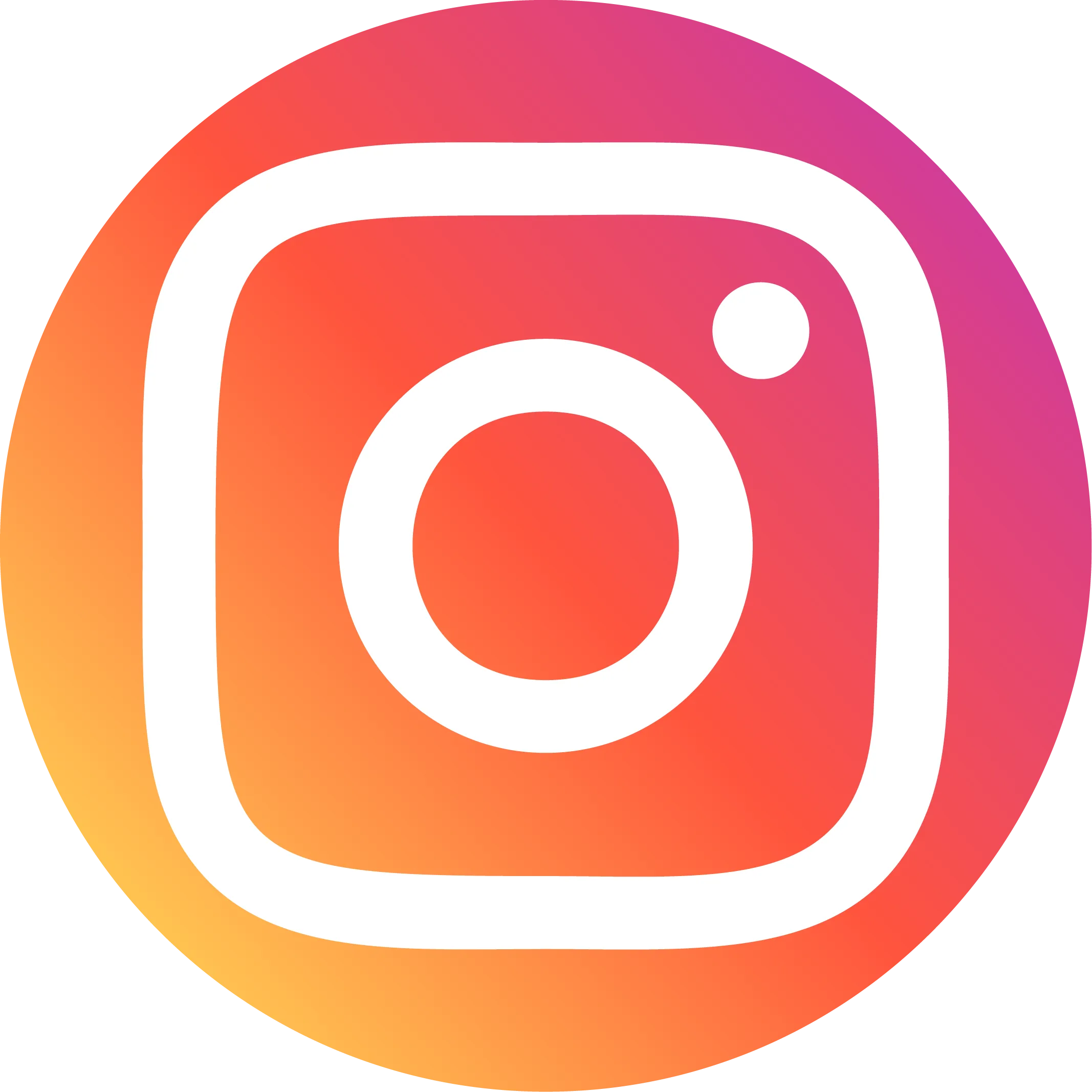How to Build a Multi-Objective Facebook Ads Strategy: Drive Awareness and Conversions Effectively
The digital advertising industry is undergoing significant changes due to privacy regulations, reduced data availability, and the phase-out of cookies. These shifts have made it increasingly challenging for businesses to target audiences effectively and optimize their ad budgets. For instance, Meta’s recent updates highlight how privacy-focused changes are reshaping the way advertisers collect and utilize data. This evolving landscape demands innovative strategies to bridge the gap between awareness and conversion, ensuring better ROI.
Businesses now face the dual challenge of maintaining brand visibility while driving measurable conversions. The solution lies in adopting multi-objective Facebook Ads campaigns that combine awareness-building efforts with conversion-driven strategies. This approach not only maximizes reach but also ensures that ads resonate with both new and existing audiences. In this blog, we’ll explore how businesses can leverage Facebook’s tools and strategies to build a multi-objective ad campaign that drives both awareness and conversions effectively.

I. The Importance of Multi-Objective Campaigns
Multi-objective campaigns are essential for businesses aiming to balance brand visibility and conversion goals. By combining awareness objectives (e.g., reach) with conversion objectives, companies can maximize the effectiveness of their ad spend. For example, OhmConnect achieved an 82% higher reach and a 20% lower cost per conversion by integrating both objectives into their Facebook Ads campaign.
The benefits of multi-objective campaigns are manifold. Firstly, they increase reach and engagement, ensuring that ads are seen by a broader audience. Secondly, they improve cost efficiency by optimizing ad placements and targeting strategies. Lastly, they enhance the ability to target both new and existing audiences, ensuring that ads resonate with the right people at the right time.
Case studies like OhmConnect and Displate demonstrate the tangible benefits of this approach. Displate’s Reels campaign, for instance, resulted in a 67% increase in sales volume and a 40% decrease in cost per conversion. These successes underscore the importance of adopting a multi-objective strategy to achieve both awareness and conversion goals.
II. Key Components of a Multi-Objective Facebook Ads Strategy
A. Leveraging Creative Formats
Creative formats play a crucial role in the success of multi-objective campaigns. Video ads, for instance, have been shown to increase conversion rates by 70% on average. Reels ads, in particular, are highly effective, reducing cost per action by 48%. Displate’s campaign is a prime example of how Reels can drive significant results. By creating tailored 16:9 videos for Reels, Displate achieved a 66% increase in return on ad spend and a 67% increase in sales volume.
Best practices for creative formats include using existing assets to save time and costs, tailoring creatives to mobile audiences, and testing different formats to identify high-performing options. By leveraging engaging formats like Reels and video ads, businesses can capture audience attention and drive meaningful interactions in their Facebook Ads campaigns.
B. Optimizing Ad Placements
Ad placements are another critical component of a successful multi-objective strategy. Advantage+ Placements, for example, automatically deliver ads across Facebook, Instagram, and Messenger for optimal performance. Campaigns with six or more placements outperform those with fewer placements by 73%.
Placement-specific creatives are also essential for maximizing relevance and engagement. Customizing creatives for News Feed, Stories, and Reels ensures that ads resonate with audiences across different platforms. By optimizing ad placements and tailoring creatives, businesses can enhance Facebook Ads campaign performance and drive better results.

C. Automation and Machine Learning Tools
Meta’s automation tools, such as Lookalike Audience Expansion and Automated App Ads, are invaluable for optimizing multi-objective campaigns. These tools use machine learning to identify the most relevant audiences and placements, reducing costs and improving targeting.
Dynamic Creative Optimization is another powerful tool that automatically tests and optimizes creatives for better performance. By leveraging automation and machine learning, businesses can save time, improve efficiency, and achieve better outcomes in their FB Ads campaigns.
III. Case Studies: Lessons from Successful Campaigns
A. Displate: Driving Sales with Reels
Displate’s Reels campaign is a testament to the power of creative formats and optimized placements. By adding Reels to their existing Facebook Ads campaigns, Displate achieved a 66% increase in return on ad spend and a 67% increase in sales volume. The campaign’s success highlights the importance of experimenting with new formats and leveraging tailored creatives.
B. OhmConnect: Balancing Awareness and Conversions
OhmConnect’s campaign demonstrates the effectiveness of combining reach and conversion objectives. By integrating both objectives, OhmConnect achieved an 82% higher reach and a 20% lower cost per conversion. This case study underscores the value of adopting a multi-objective approach to maximize FB Ads campaign impact.
Topkee’s expertise in remarketing strategies and TTO topic management can further enhance such campaigns. By analyzing user behavior and extracting valuable creative themes, Topkee helps businesses craft compelling narratives that drive trust and conversions. Additionally, the call tracking module provides actionable insights into Facebook Ads campaign performance, enabling continuous optimization for better results.
IV. Best Practices for Building a Multi-Objective Strategy
To build an effective multi-objective strategy, businesses must first set clear key performance indicators (KPIs) by defining measurable goals for both awareness and conversion. This provides a clear direction for the entire campaign. Next, they should test creatives through A/B testing to identify high-performing ad formats and messages. By doing so, they can ensure that their advertising content resonates well with the target audience. Leveraging automation, specifically Meta’s automation tools, is also crucial as it helps optimize targeting and placements, making the Facebook Ads campaign more efficient. Finally, businesses need to monitor and adjust continuously. They should constantly analyze campaign performance and make data-driven adjustments to keep the campaign on track and maximize its effectiveness.
Utilize Topkee’s TAG system to collect and analyze user behavior data across platforms. This allows you to create custom audience lists based on interactions, transactions, and source channels. This precision ensures that your Facebook Ads are delivered to high-potential users, maximizing ROI. Topkee’s TTO marketing tools simplify the creative adjustment process, enabling you to regularly refresh ad content based on performance data. By segmenting your audience and tailoring creatives to their preferences, you can maintain high engagement levels.

Conclusion: The Path to Effective Multi-Objective Campaigns
Multi-objective Facebook Ads strategies, supported by creative formats, optimized placements, and automation tools, can drive both awareness and conversions effectively. By integrating Reels and video ads, combining reach and conversion objectives, and leveraging Meta’s automation suite, businesses can maximize their campaign impact and achieve better ROI.
As the advertising landscape continues to evolve, businesses must stay agile and embrace innovative strategies to maintain a competitive edge. Start by experimenting with multi-objective campaigns and leveraging the tools and insights shared in this blog.


